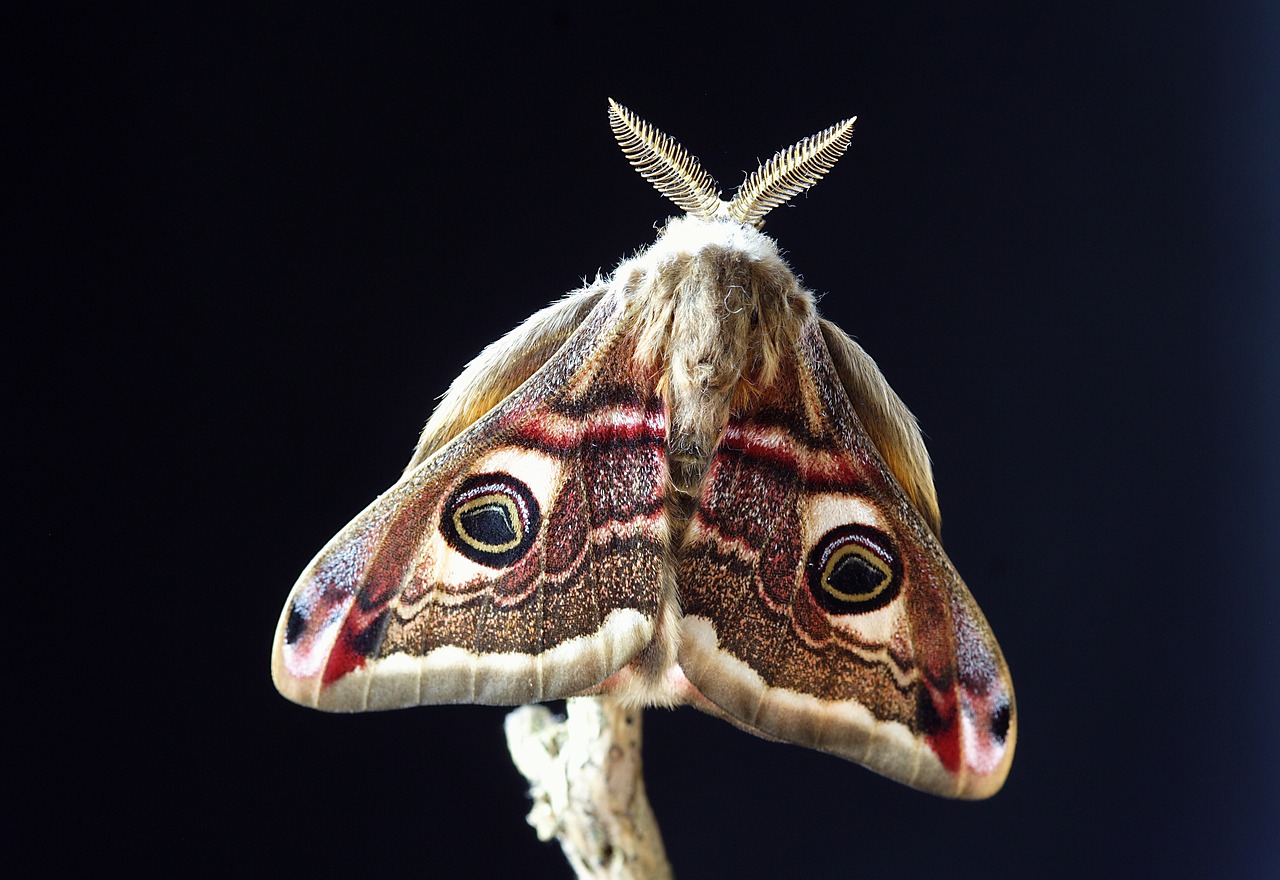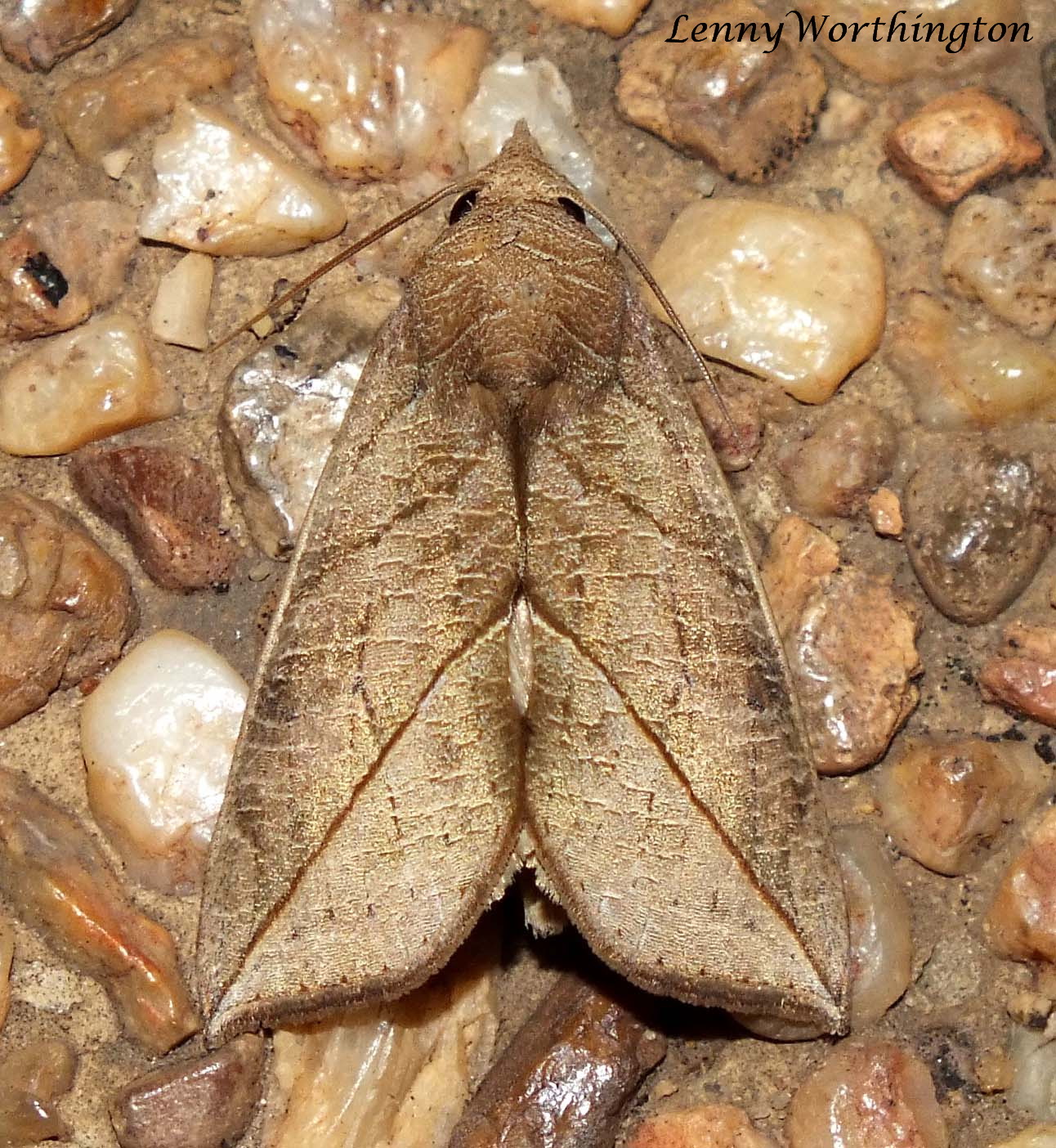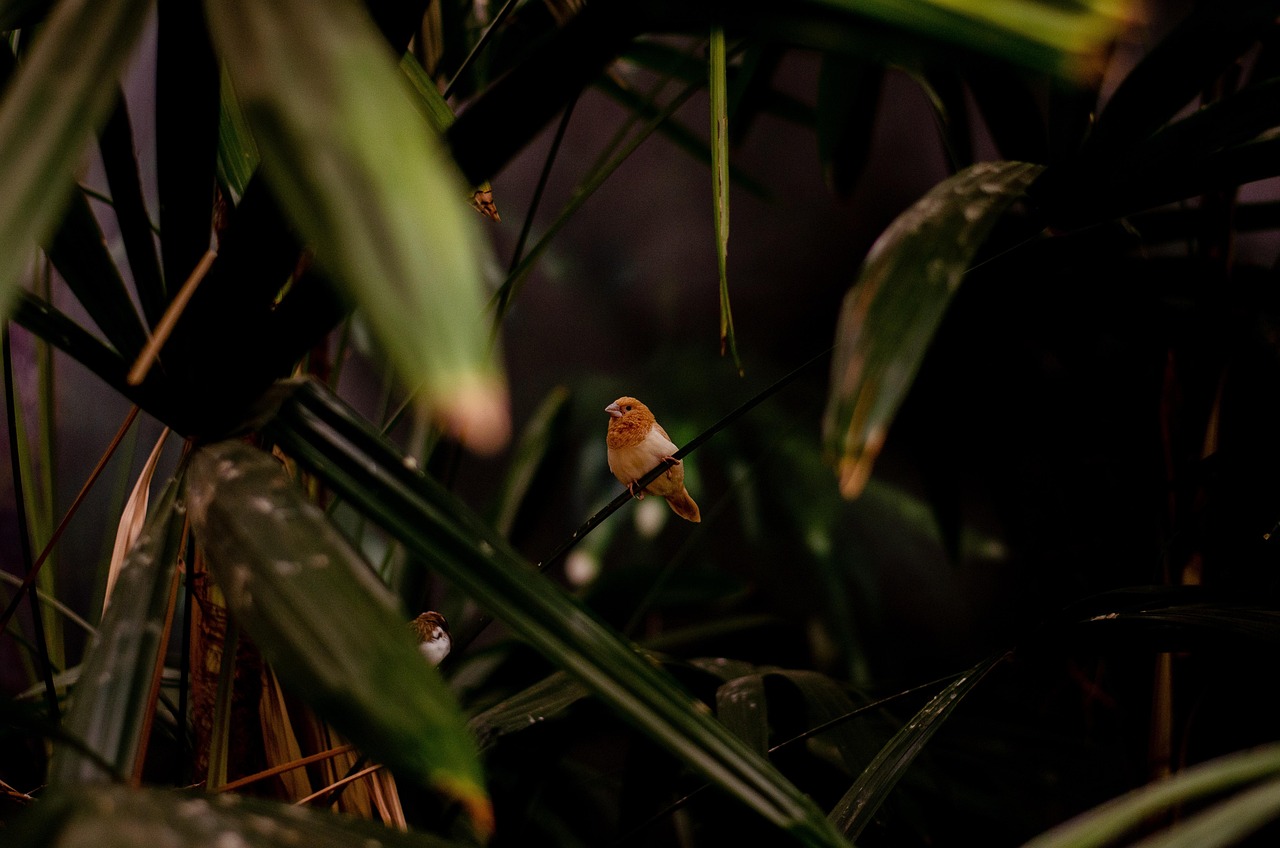Nature has a way of surprising us with its most bizarre and fascinating relationships. While most of us sleep peacefully at night, an extraordinary drama unfolds in the darkness of tropical forests around the world. There, a group of moths has evolved one of the most unusual feeding strategies in the animal kingdom – they drink tears directly from the eyes of sleeping birds.
These remarkable creatures, known as lachryphagous moths, have developed specialized techniques to approach their slumbering victims without detection. Their delicate wings carry them silently through the night air, guided by an uncanny ability to locate roosting birds in complete darkness. What makes this behavior even more astounding is the precision required – one wrong move could wake their host and send them fleeing into the night.
The Science Behind Lachryphagous Behavior

Lachryphagous behavior, derived from the Greek words “lacryma” (tear) and “phagein” (to eat), represents one of nature’s most specialized feeding adaptations. This remarkable strategy has evolved independently in several moth species across different continents, suggesting that tears provide a valuable nutritional resource that makes the risks worthwhile.
Scientists have discovered that bird tears contain essential nutrients that are often scarce in the moths’ environment. These include sodium, proteins, and other minerals that are difficult to obtain from traditional nectar sources. The behavior is particularly common in regions where salt and certain amino acids are naturally limited in the ecosystem.
Species That Practice This Unusual Feeding Method

The most well-documented tear-drinking moths belong to the genus Hemiceratoides, found primarily in Madagascar and other parts of Africa. These moths have developed remarkably sophisticated techniques for accessing their unusual food source. Their proboscis has evolved to be perfectly suited for the delicate task of extracting tears without causing harm to their hosts.
Other notable species include members of the Calyptra genus, which are found across Southeast Asia and parts of Australia. These moths demonstrate incredible patience and precision, often spending several minutes carefully positioning themselves before beginning to feed. Each species has developed its own unique approach to this challenging feeding strategy.
The Anatomy of a Tear-Drinking Specialist

These moths possess several remarkable anatomical adaptations that make their unusual lifestyle possible. Their proboscis is equipped with specialized sensory organs that can detect the chemical composition of tears, allowing them to determine the most nutritious feeding opportunities. The tip of their feeding apparatus is incredibly soft and flexible, designed to make contact with the delicate eye area without causing irritation.
Their wings have evolved to be nearly silent in flight, with specialized scales that reduce air turbulence and eliminate the characteristic flutter that might alert sleeping birds. Some species have even developed modified wing patterns that provide better camouflage when they’re feeding, making them nearly invisible against the bird’s plumage.
How Moths Locate Their Sleeping Victims

The process of finding sleeping birds in complete darkness requires extraordinary sensory abilities. These moths rely on a combination of chemical cues, thermal detection, and even the ability to sense the carbon dioxide exhaled by their sleeping targets. Research has shown that some species can detect the unique chemical signature of bird tears from remarkable distances.
Once a potential host is located, the moth must carefully assess whether the bird is in deep enough sleep to allow feeding. They often hover nearby for several minutes, monitoring the bird’s breathing patterns and movement before making their approach. This patience is crucial – a prematurely awakened bird could easily crush or injure the delicate moth.
The Delicate Art of Feeding Without Detection

The actual feeding process is a masterpiece of precision and stealth. The moth approaches the sleeping bird with incredible care, often landing on the bird’s head or neck area before slowly making its way to the eye. The process can take up to 20 minutes, with the moth moving so slowly that even sensitive birds remain undisturbed.
During feeding, the moth’s proboscis gently contacts the bird’s eye, stimulating natural tear production without causing pain or discomfort. The entire process is remarkably gentle – many birds show no signs of distress even when observed by researchers using infrared cameras. This delicate touch is essential for the moth’s survival, as any disturbance could prove fatal.
Nutritional Benefits and Survival Advantages

The nutritional payoff from this risky feeding strategy is substantial. Bird tears are rich in sodium, which is often scarce in the moths’ natural environment, particularly in tropical regions far from ocean spray. The tears also contain proteins and amino acids that are essential for reproduction and maintaining the moths’ specialized sensory organs.
Studies have shown that moths with access to this protein-rich food source have higher reproductive success rates and longer lifespans compared to those relying solely on nectar. The additional nutrients appear to be particularly important for female moths, who require extra protein for egg production. This advantage explains why the behavior has evolved independently in multiple moth lineages.
The Birds’ Perspective: Victims or Willing Participants?
Surprisingly, the relationship between these moths and their hosts may not be entirely one-sided. Some researchers have observed that birds seem to tolerate the moths’ presence, even when they’re clearly aware of the feeding activity. This suggests that the interaction might provide some benefit to the birds as well.
One theory proposes that the moths’ gentle stimulation of tear production helps keep the birds’ eyes clean and healthy, removing dust and debris that could cause infection. Additionally, the moths may help remove small parasites or irritants from around the eye area during their feeding process. While this symbiotic relationship hasn’t been definitively proven, the evidence suggests it’s more complex than simple parasitism.
Geographic Distribution and Habitat Preferences
Tear-drinking moths are found primarily in tropical and subtropical regions around the world, with the highest diversity in Madagascar, Southeast Asia, and parts of Central and South America. These regions provide the ideal combination of abundant bird populations and environmental conditions that make alternative nutrition sources scarce.
The moths show a strong preference for areas with dense bird roosting sites, particularly near water sources where birds gather in large numbers. They’re most commonly found in lowland rainforests, where the humid conditions and diverse bird populations create optimal feeding opportunities. Some species have adapted to highland environments, though they’re generally less common at higher elevations.
Seasonal Patterns and Feeding Behavior

The tear-drinking behavior shows distinct seasonal patterns that correspond with bird migration and breeding cycles. During peak breeding seasons, when birds are most sedentary and predictable in their roosting habits, moth activity reaches its highest levels. This timing is crucial, as migrating birds are much more difficult to locate and approach.
Weather conditions also play a significant role in feeding success. Warm, humid nights with little wind provide ideal conditions for the moths’ delicate approach. During storms or periods of high wind, the moths often remain inactive, as the challenging flight conditions make their precision feeding nearly impossible.
Research Challenges and Scientific Discoveries

Studying these elusive creatures presents unique challenges for researchers. The behavior occurs exclusively at night, often in remote locations with difficult access. Scientists must use specialized infrared cameras and night vision equipment to observe the interactions without disturbing the natural process.
Recent technological advances have revealed new details about this remarkable behavior. High-speed cameras have shown that some moths can complete their feeding in as little as 30 seconds, while others may feed for over an hour. GPS tracking has revealed that individual moths may visit multiple sleeping birds in a single night, suggesting they have detailed knowledge of local roosting sites.
Evolutionary Origins and Development
The evolutionary path that led to this unusual feeding strategy likely began with moths that were already feeding on other bodily secretions, such as sweat or wound exudates. Over millions of years, some lineages became increasingly specialized, developing the precise motor skills and sensory abilities needed to access the tear ducts of sleeping animals.
Genetic studies suggest that the behavior evolved independently at least four times in different moth families, indicating strong evolutionary pressure favoring this feeding strategy. The convergent evolution of similar adaptations in unrelated species demonstrates the significant survival advantages that tear-drinking provides in environments where traditional food sources are limited.
Conservation Implications and Threats

Uploaded by AlbertHerring, Public domain, https://commons.wikimedia.org/w/index.php?curid=29808284)
As with many specialized species, tear-drinking moths face increasing threats from habitat destruction and climate change. The loss of primary rainforest reduces both the availability of host birds and the environmental conditions that make their feeding strategy viable. Changes in precipitation patterns and temperature can disrupt the delicate timing that makes their behavior successful.
Conservation efforts for these moths must focus on protecting entire ecosystems rather than individual species. The complex relationships between moths, their bird hosts, and their environment make them particularly vulnerable to ecological disruption. Protected areas that maintain large populations of roosting birds are essential for their continued survival.
The Future of Tear-Drinking Moth Research

Current research is exploring the potential applications of understanding these moths’ remarkable sensory abilities. Their precision navigation and chemical detection capabilities could inspire new technologies for medical devices or environmental monitoring equipment. Scientists are particularly interested in how these moths process complex chemical information to locate their targets.
Future studies may also reveal additional species that practice this behavior, as many remote tropical regions remain unexplored. New molecular techniques are making it possible to study the genetic basis of these adaptations, potentially revealing the evolutionary pathways that led to such specialized behavior.
Conclusion

The world of tear-drinking moths reveals nature’s incredible capacity for innovation and adaptation. These remarkable creatures have evolved one of the most specialized feeding strategies in the animal kingdom, developing extraordinary sensory abilities and behavioral precision that allows them to thrive in challenging environments. Their gentle approach to feeding demonstrates that even the most unusual ecological relationships can be surprisingly sophisticated and mutually beneficial.
As we continue to explore and understand these fascinating interactions, we gain deeper insights into the complex web of relationships that sustain tropical ecosystems. The tear-drinking moths serve as a reminder that nature’s most extraordinary stories often unfold in the darkness, hidden from our everyday awareness. What other remarkable adaptations might be waiting to be discovered in the world’s remaining wild places?

